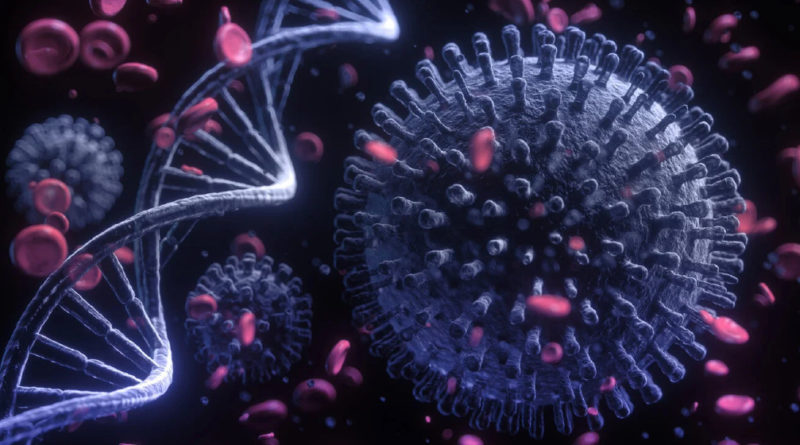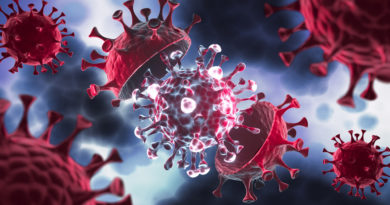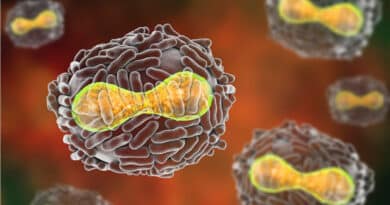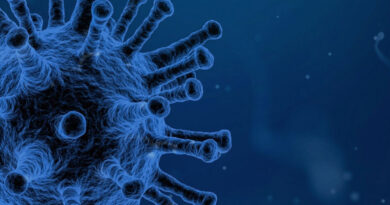General Characters Of Viruses
- They do not occur free in nature but act as obligate intracellular parasite.
- They are extreme microscopic structure which can only be seen by electron microscope.
- Mainly the size ranges from 100-2000 millimicron.
- They cannot be filtered by bacterial filters.
- The genetic material is either DNA or RNA which occurs in the form of single molecule and can be single or double stranded.
- A single virus particle is known as virion which lacks functional autonomy.
- They lack their own enzyme system but interact with the host enzyme system and synthesize new virus particles. Thus they have a master and slave relationship.
- Outer capsid of virus is proteinaceous and harmless and provide cellular specificity to the virus.
- They are intracellular obligate parasite and cannot be cultured on artificial culture media.
- All animal and plant viruses have a narrow host range while others show a broad host range.
- They show replication
- They are highly infectious and spread disease very quickly.
- They show special kind of pathogenicity i.e. they cause disease at particular temperature. Most of virus become inert at 56 – 69 C (for 30 minutes).
- They are haploid.
- They are unaffected by antibiotics.
- They show life between 5 -9 pH.
- They remain active for a long time when kept in 50% glycerol solution.
- The extract of virus become inert at high pressure and high sound frequency.
- They get precipitated with ethyl alcohol and acetone.
- They can be inserted by treatment with ultraviolet rays, pyridine, urea and hydrogen peroxide.
- They can be crystallized.
- They show response towards temperature, radiation and chemical substances.
- They lack cell wall, nucleus, protoplasm and cell organelles.



